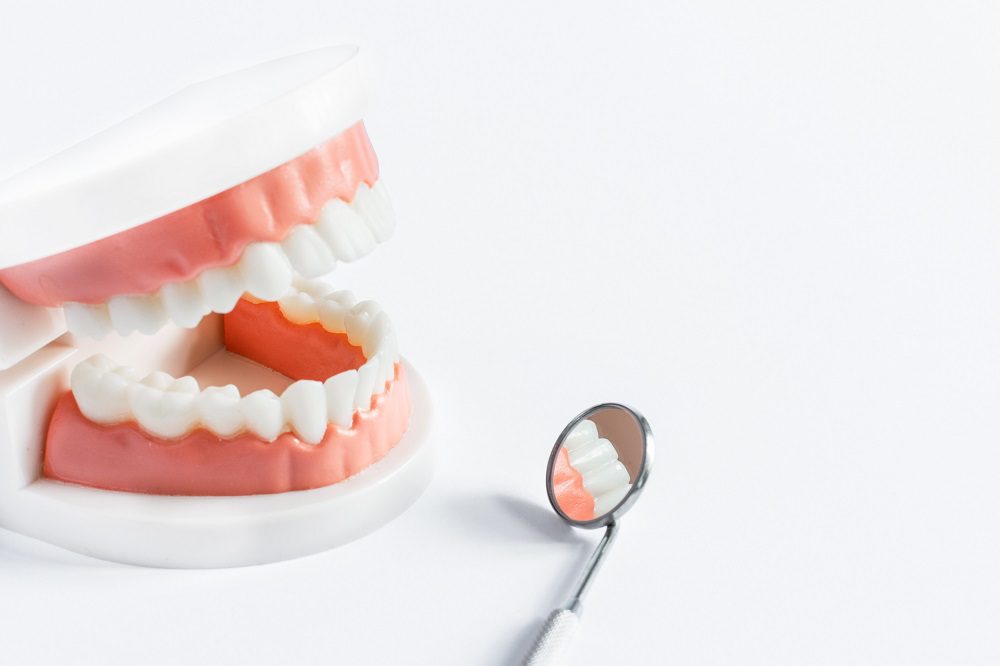We use our teeth all the time to bite and chew food, often without thinking about them. But you might have noticed that your teeth have slightly different shapes, which means they have various purposes within your smile.
When you understand what each of your teeth is designed to do exactly, you can better take care of them and spot signs that something is wrong. Then you can seek urgent treatment from your dentist to restore your oral health when necessary. Read on to learn about the five types of teeth in your smile and their purpose.

Types of Teeth
Incisors
Incisors refer to the teeth at the front of the mouth: four on the top arch and four on the bottom. They are the first teeth to encounter food when biting, so they are sharp enough to cut into them, breaking off manageable pieces to bring into the mouth.
These are the most visible teeth when you smile, so people tend to care most about how these teeth appear. If you feel self-conscious about the way your teeth look, schedule a consultation with a cosmetic dentist to find the best treatment to enhance your smile without compromising oral function.
Canines
You have four canine teeth, one at each end of each row of your incisors. People will often refer to them as fangs because they end in a sharp point.
You use these teeth to rip or tear food when biting. They are especially useful when eating harder-textured or larger-sized food items.
Premolars
Premolars, also known as bicuspids, grow into place beside each of the four canine teeth. You will see two of them together for a total of eight premolars in your mouth. They resemble both the canines and the molars and can help you accomplish the tasks of both of these types of teeth.
Children will not grow premolars as baby teeth, but they will grow into place as adult permanent teeth once the jaw is larger. Premolars will both tear into food when you bite and crush it as you chew.
Molars
Molars are the teeth at the back of the mouth that help you grind and crush your food when chewing. They feature a large, flat surface with grooves that help you to do so effectively.
You will notice at least two sets of molars in each quadrant of the mouth for a total of eight. Your teeth are durable, but constant grating and grinding might wear down the outer layer of your teeth, enamel, after some time. Visit your dentist for routine exams to ensure your dental structure stays strong and healthy.
If any of your teeth sustain damage, a dentist will use restorative dental solutions like a crown to reshape them, allow them to function normally again, and prevent further harm. Do not delay treatment for tooth breakage or the damage will worsen.
Wisdom Teeth
A majority of dental patients will have a third set of molars that grow into place after they complete puberty. Because of this timing, people refer to them as wisdom teeth.
Humans once needed these teeth to help chew rough and highly fibrous foods. But as we evolved, we did not consume these harsh foods any longer. And we therefore no longer require these teeth.
As a result, for many patients, wisdom teeth provide oral health complications and require extraction. A dentist will monitor your smile during routine appointments to determine if you need wisdom teeth removal.
